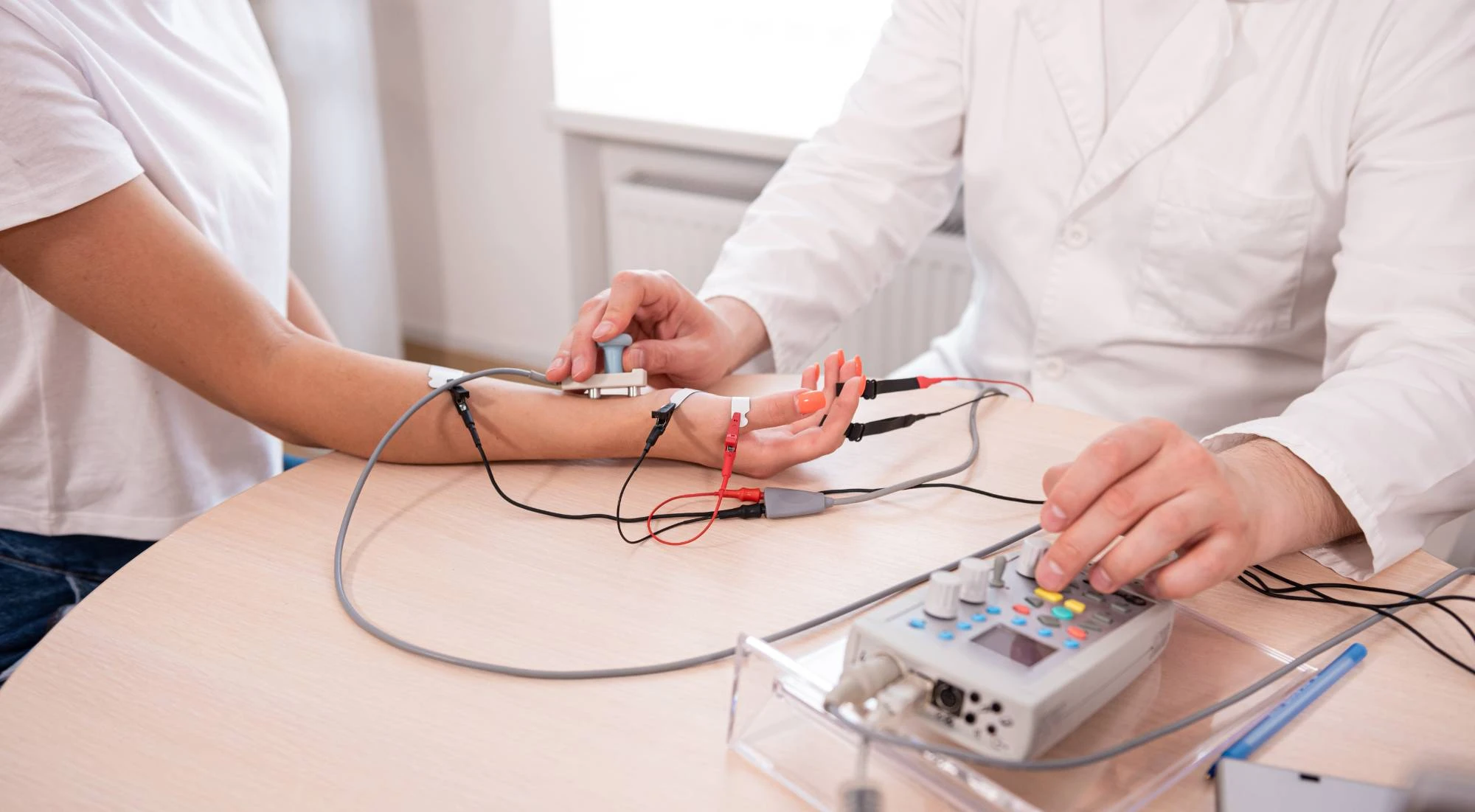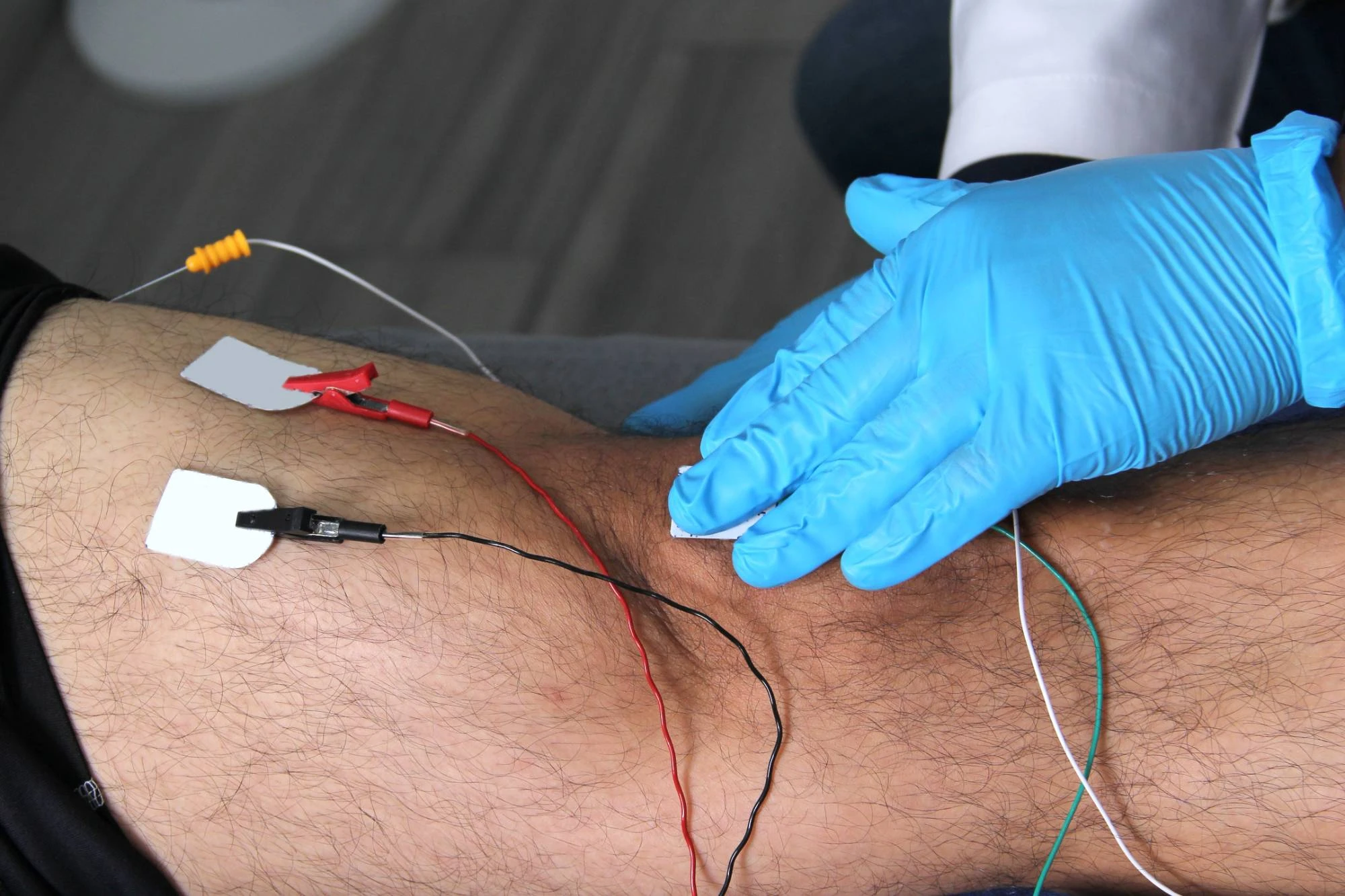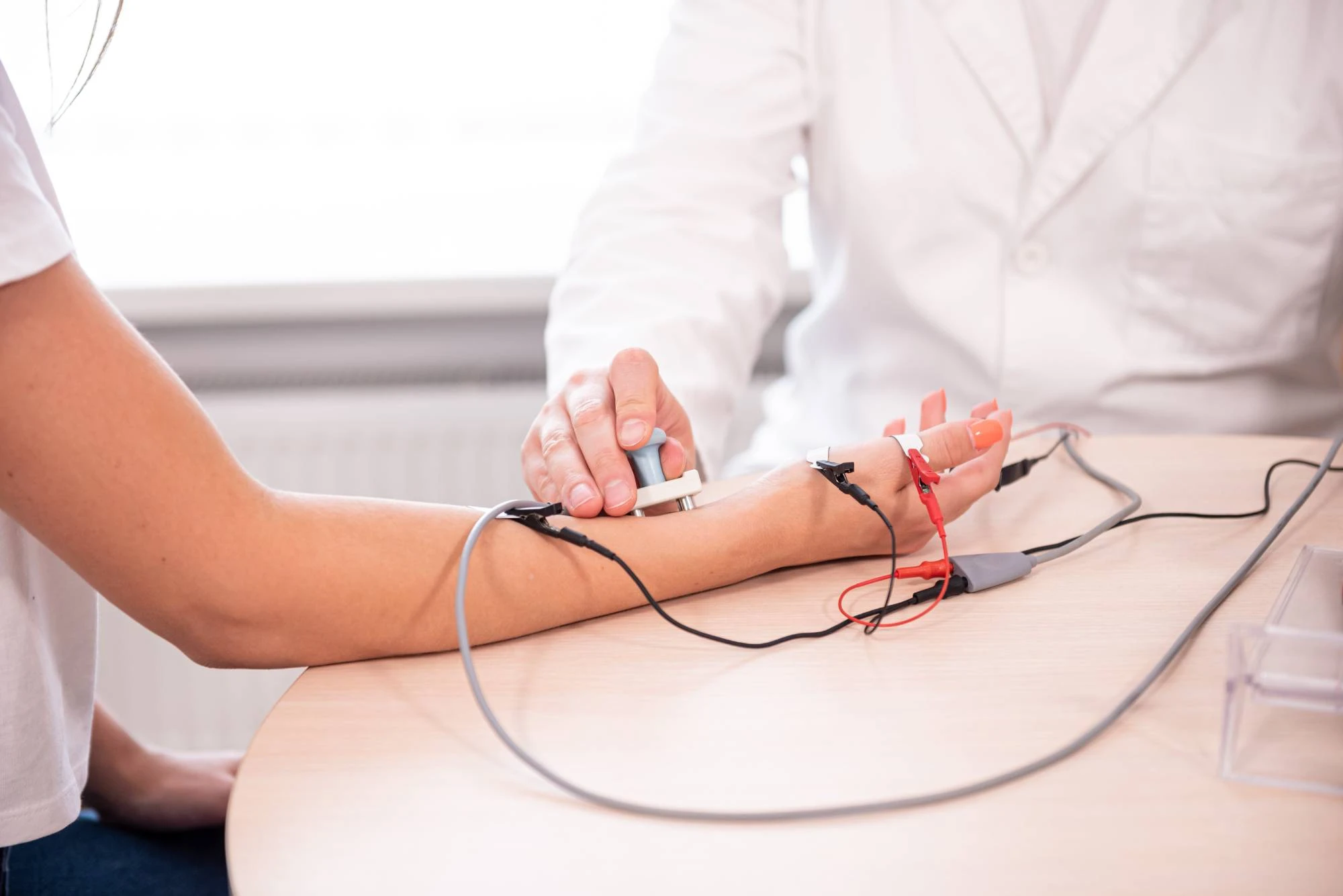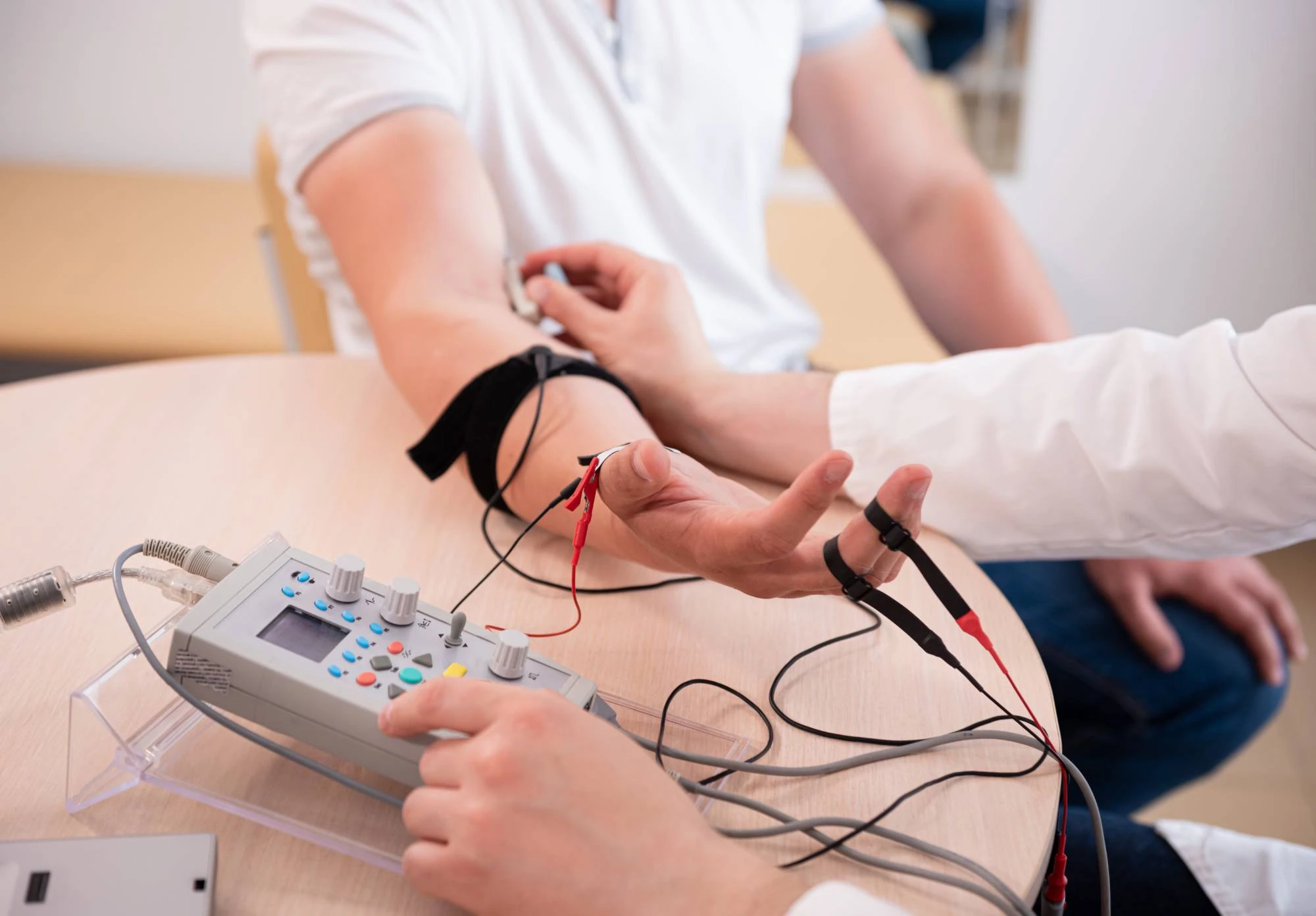Advanced electromyography testing that pinpoints exactly what’s causing your symptoms so you can move forward with the right treatment.

Reviews

You’ve been dealing with numbness, tingling, or muscle weakness long enough. Maybe it’s affecting your work, your sleep, or just your ability to do normal things without discomfort.
EMG testing gives you concrete answers. Instead of guessing about nerve damage or muscle problems, you get precise measurements that show exactly which nerves or muscles aren’t functioning properly. This isn’t about managing symptoms indefinitely—it’s about identifying the root cause so your treatment actually targets the problem.
When you know exactly what’s wrong, your doctor can recommend treatments that make sense for your specific condition. No more trial-and-error approaches or wondering if you’re on the right track.
NY Spine Medicine specializes in neurological diagnostics for spine and nerve conditions. We’ve been serving patients throughout Lower East Side and Manhattan, focusing specifically on conditions that affect your nerves, muscles, and spine function.
This isn’t a general practice trying to handle everything. Our focus stays on what we do best: precise diagnostic testing that gives you and your doctor the information needed to make smart treatment decisions.
We use advanced EMG and nerve conduction study equipment, and our staff takes time to explain what we’re testing for and what your results actually mean for your situation.

The EMG test has two parts: nerve conduction studies and electromyography. During nerve conduction studies, small electrodes are placed on your skin to measure how well electrical signals travel through your nerves. You’ll feel brief, mild electrical pulses—not painful, but noticeable.
For the electromyography portion, a thin needle electrode is inserted into specific muscles to measure electrical activity. The needle is much thinner than those used for blood draws. You might feel a brief pinch when it goes in, but most patients tolerate this part well.
The entire test usually takes 30 to 60 minutes, depending on how many nerves and muscles need testing. You’ll get results the same day, along with a clear explanation of what the findings mean and recommendations for next steps. Most patients can return to normal activities immediately after testing.

Ready to get started?
Your EMG testing includes both nerve conduction studies and electromyography to get a complete picture of nerve and muscle function. The testing covers the specific areas where you’re experiencing symptoms, whether that’s your arms, legs, back, or neck region.
You’ll receive detailed results interpretation from specialists who understand spine and nerve conditions. This isn’t just about getting test numbers—it’s about understanding what those numbers mean for your specific situation and what treatment options make sense based on your results.
We coordinate with your referring physician to ensure your results are integrated into your overall treatment plan. If additional testing or specialist referrals are needed, those recommendations come with clear explanations of why they’re necessary and what to expect next.

New York:
Florida:
Support